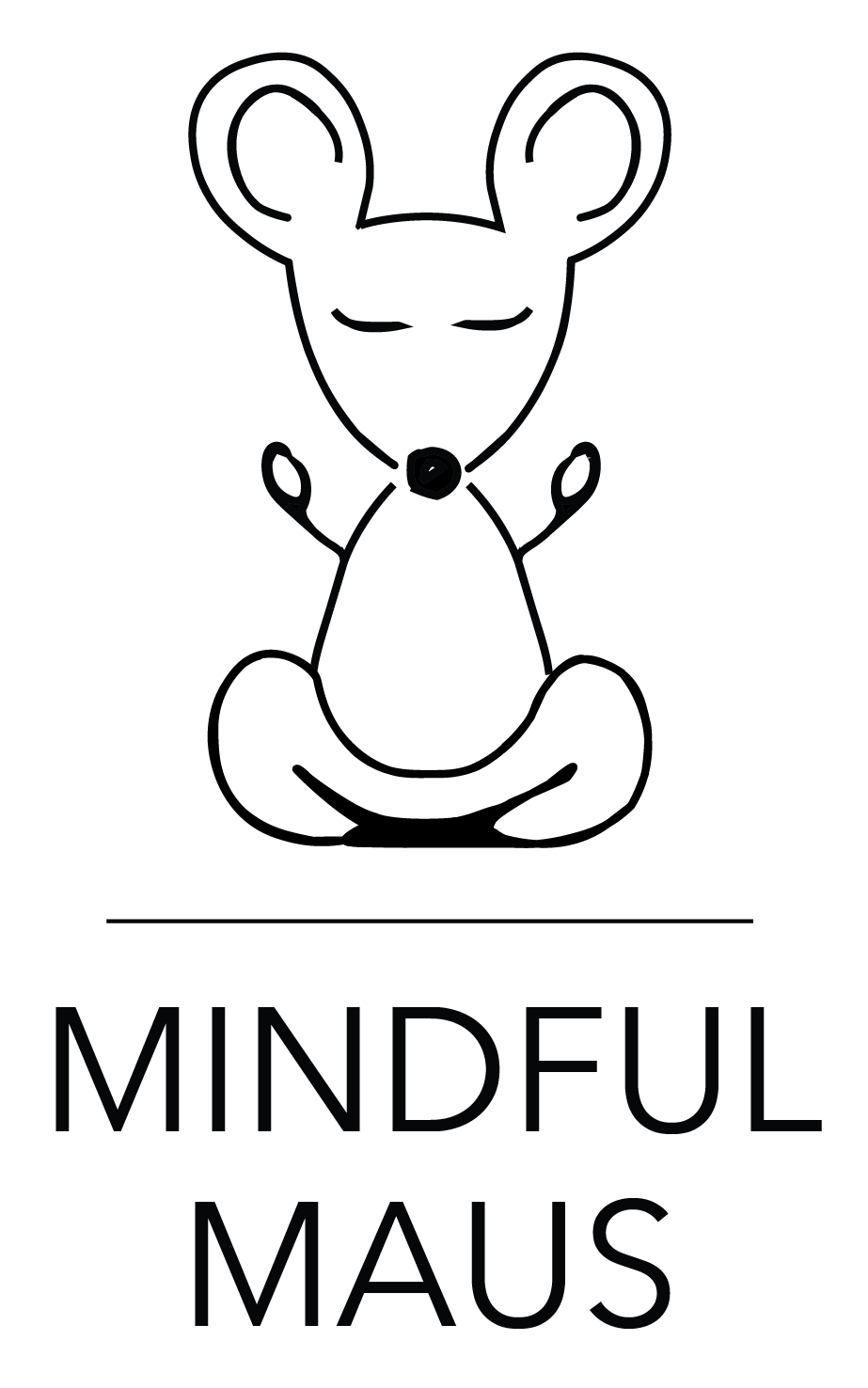Mindfulness Based Stress Reduction - Home Practice Guidelines for Week 2
1. Click here: MBSR Recordings Page to access all the recorded practices for the Mindfulness course. The passcode is beherenow. If you already did the Body Scan Mediation twice, move on to the Body Scan 2 with less guidance. Practice that at least twice next week. The following week practice the shorter Body Awareness Meditation twice. Remember this is an awareness practice of moving your attention where you want it. As best you can during the meditation bring your attention to each body part as I am cueing it, noticing what’s there and then releasing your attention to move to the next body part. Make a note of anything that comes up for you during the practice.
2. Strengthen your Mindfulness muscle with regular pauses. Simply Pause throughout your day and take 3 Mindful Breaths, placing your attention on the felt sensation of breathing or any other body sensation such as the contact of your feet with the floor or sensations in your hands or shoulders. Not trying to change anything, just noticing sesnsations as they are without judgment. Celebrate each time you remember. Find creative ways to remember like setting reminders on your phone.
2. On the MBSR Recordings page (password: beherenow) you will find the 10 minute Mindfulness of Breath Meditation. Make a commitment to practice it four times between now and our next meeting. Like with the Body Scan, it is helpful to find a comfortable space without distractions and a time you will not be interrupted. Practice the Mindfulness of Breath Meditation in a seated position on a chair or a cushion. If seated in a chair, sit towards the front so as to support your own spine rather than have it be supported by the back of the chair. Legs should be uncrossed, knees hip distance apart and your feet firmly on the floor. If you are seated on a cushion on the floor, make sure your knees are lower than your hips and making contact with a soft surface. If your knees do not touch the ground easily, use a prop such as a rolled up blanket under them. Maintain a straight back; pelvis slightly tilted forward, your head centered and balanced over relaxed shoulders, and your hands resting on your thighs or folded in your lap. Your eyes can be closed or open with a relaxed unfocused downward gaze a few feet in front of you. The idea is to be relaxed but alert. Make a note of anything you “noticed” during the practice.
3. Choose another daily routine activity, such as brushing your teeth, taking a shower or making your bed, something different from the one you chose last week. Bring mindful attention to that activity every day. Change to a different activity the second week. Use your breath and sensations in the body to help keep your attention in the present. Notice when your thoughts have wandered and gently guide your attention back to the activity you are engaged in.
4. Print off the “Pleasant Events Calendar” and the “Unpleasant Events Calendar” below. This upcoming week you are asked to notice a pleasant event every day, as it is happening. It can be something as simple as a smile from a loved one, or a big event such as a success at work. The second week you are asked to notice an unpleasant event every day, as it is happening. It can be something as simple as running late or traffic, or a bigger event such as an argument with a loved one or breaking something of value. There is a list of questions on each of the forms to help you focus on the details of the experience as it is happening. Read through the questions so you can be ready when your event happens. Record your answers on the Calendars as soon as you can after the event and bring it to the next class.
